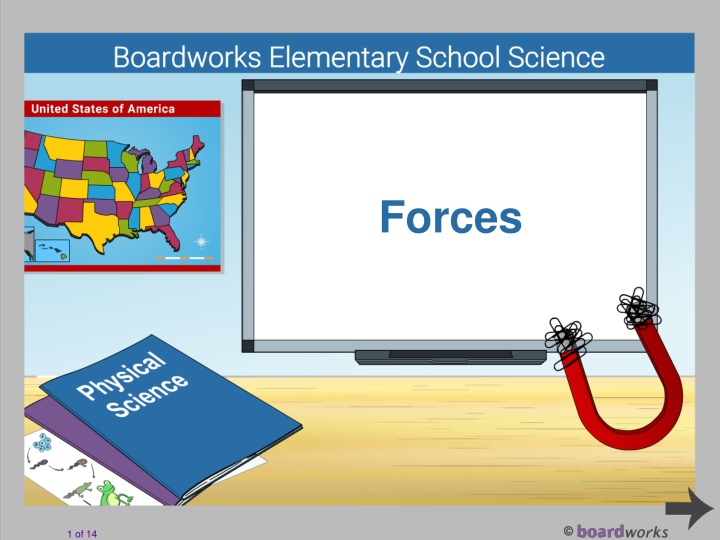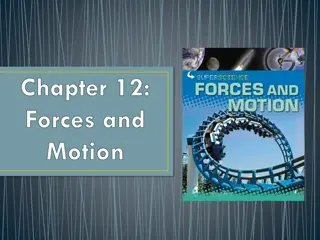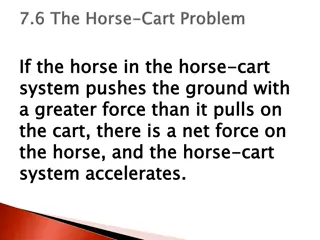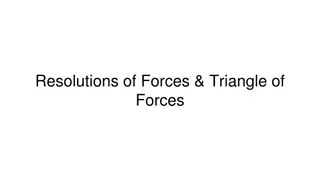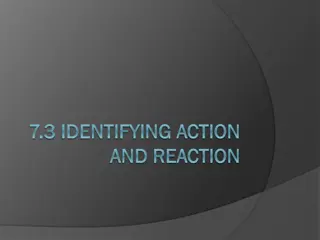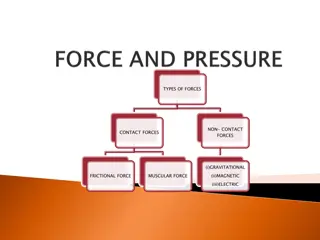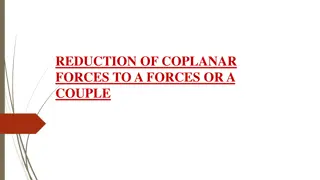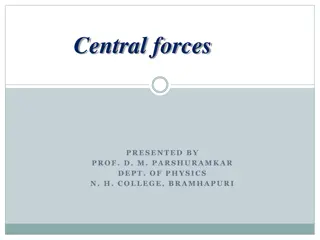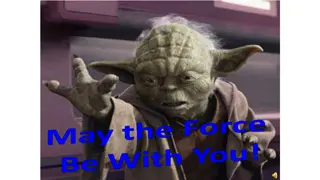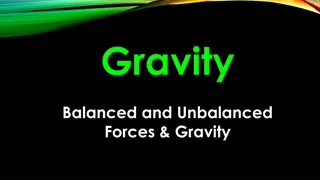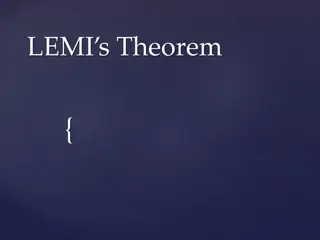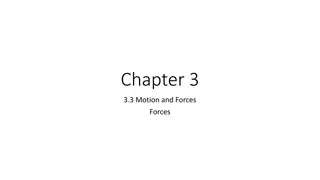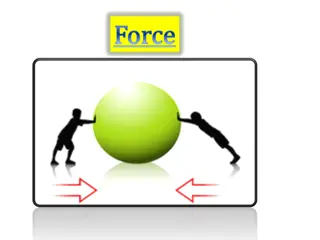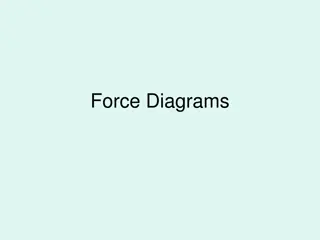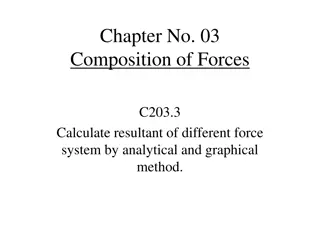Forces and Their Impact
The concept of forces in everyday life, including pushes, pulls, friction, balanced and unbalanced forces. Learn how forces affect the motion of objects through engaging visuals and explanations.
Download Presentation

Please find below an Image/Link to download the presentation.
The content on the website is provided AS IS for your information and personal use only. It may not be sold, licensed, or shared on other websites without obtaining consent from the author.If you encounter any issues during the download, it is possible that the publisher has removed the file from their server.
You are allowed to download the files provided on this website for personal or commercial use, subject to the condition that they are used lawfully. All files are the property of their respective owners.
The content on the website is provided AS IS for your information and personal use only. It may not be sold, licensed, or shared on other websites without obtaining consent from the author.
E N D
Presentation Transcript
Forces 1 of 14
Information Developing and Using Models Engaging in Argument from Evidence 1. Patterns 2. Cause and Effect 2 of 14
What are forces? Forces are everywhere in life. We cannot see a force, but we can see what it does. Forces are either pushes or pulls. When you push an object or pull a rubber band, this requires a force. A force changes the speed of an object, its shape or the direction it is moving in. 3 of 14
Push and pull The bigger the push or pull, the more the speed of an object can be changed. In this example, the ball will travel faster when it is hit with a larger force. If it is hit with a smaller force, the ball will travel more slowly. 4 of 14
Friction If a soccer ball is kicked, it will eventually stop moving. What causes it to stop? What force is acting on it? It slows down due to a force called friction. Friction is a resisting force. It occurs when two surfaces slide over each other. 6 of 14
What happens when forces are balanced? There is always more than one force acting on an object. If an object isn t moving, it means these forces must be balanced. The size of the force in each direction is equal. 400N 400N For example, in this tug of war, both groups are pulling equally hard. There is no movement. 7 of 14
What happens when forces are unbalanced? An object will move when the forces acting on it are unbalanced. This means that the size of the forces acting on the object are unequal. What will happen in this tug of war if one group pulls harder? 500N 400N Which direction will it move? It will move in the direction of the largest force. 8 of 14
Balanced and unbalanced forces Look at these examples. Do they show balanced or unbalanced forces? If the forces are unbalanced, in which direction will movement happen? 9 of 14
Forces in motion (1) 10 of 14
Forces in motion (2) 11 of 14
Non-contact forces Objects in contact exert forces on each other. However, some forces can act on an object without touching it. What non-contact forces are causing these effects? electrical forces magnetic forces 12 of 14
Magnetic forces Magnets can apply a push or pull force to something without touching it due to a magnetic field. Objects in the magnetic field can be attracted or repelled by the magnet. 13 of 14
Electrical forces When you rub a balloon on your hair, you can then stick it to the wall. This is due to electrical forces. All objects have charge. There are two types of charge: positive and negative. Electrical force is how these charges interact with each other. Opposite charges attract, identical charges repel. 14 of 14
